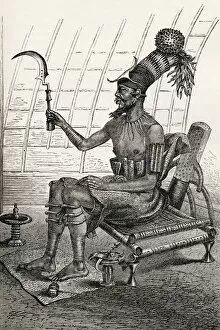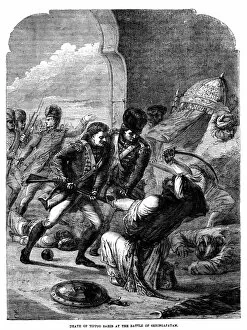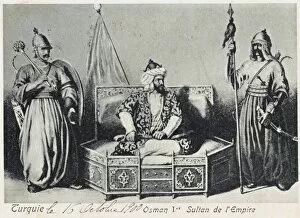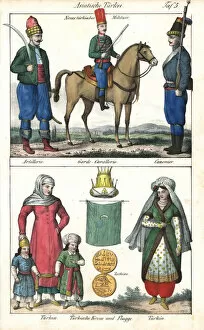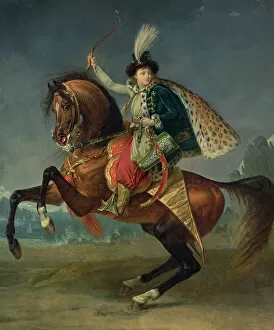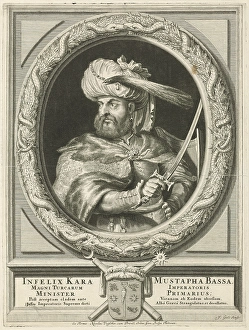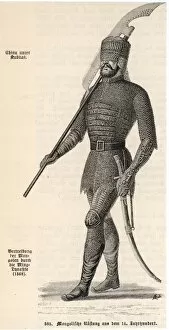Scimitar Collection (page 4)
"Unleashing the Power: The Mighty Scimitar" Step into a world of ancient warriors and timeless elegance with the scimitar
All Professionally Made to Order for Quick Shipping
"Unleashing the Power: The Mighty Scimitar" Step into a world of ancient warriors and timeless elegance with the scimitar, a weapon that has left its mark throughout history. From swords to daggers, maces to tanks, this curved blade has stood as a symbol of strength and precision. In the realm of artistry, costume designers for Ballets Russes brought Scheherazade to life with their exquisite interpretation. A vivid lithograph showcases dancers adorned in vibrant costumes wielding scimitars, captivating audiences with every graceful movement. But beyond the stage, the scimitar's legacy extends far and wide. In 1823, during the death of Botsaris, this formidable weapon played a pivotal role in battles fought by courageous warriors. Shah Abbas himself recognized its power during his reign from 1557-1628. Even modern warfare embraced its might; Alvis Scimitar light reconnaissance tank became an indomitable force on battlefields worldwide. Its sleek design and lethal capabilities proved invaluable in strategic operations. Yet it is not only on battlegrounds where this iconic blade makes an appearance. Muslim women bathing in public baths find solace knowing they are protected by their faith and perhaps even concealed within their garments lies a hidden scimitar – a silent guardian against any threat that may arise. The skies too have witnessed the prowess of this legendary weapon. Royal Aircraft Establishment introduced Supermarine Scimitar F. 1 aircraft - soaring through clouds like avian predators armed with deadly precision. Traveling across continents reveals more tales woven around these blades; two Eritrean Warriors stand tall in East Africa brandishing their trusty scimitars while Household Cavalry Regiment maneuvers through Salisbury Plain during Ex Iron Scout 3 exercises showcasing both tradition and adaptability. Whether it be ballet or battlefield, cultural heritage or military might – there is no denying that the scimitar holds an enduring place in history.

